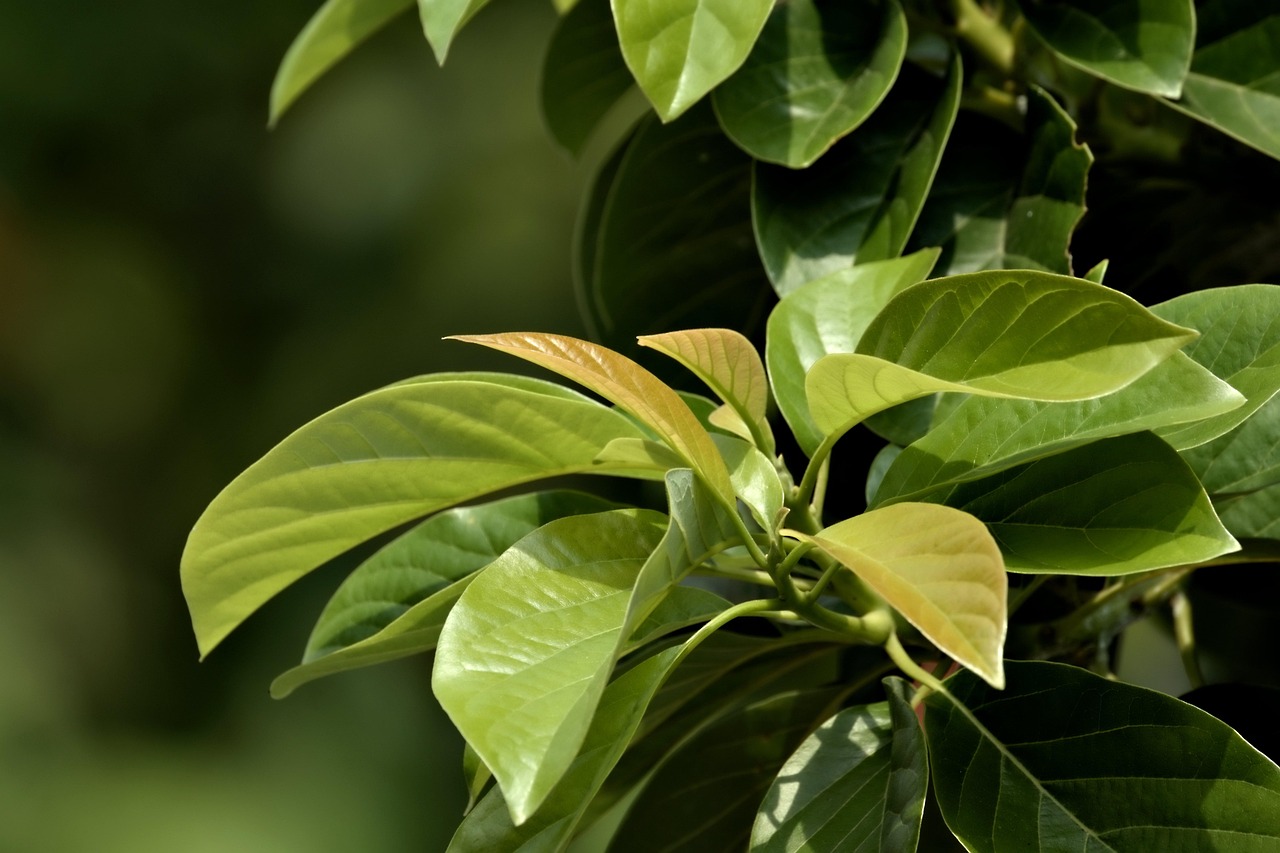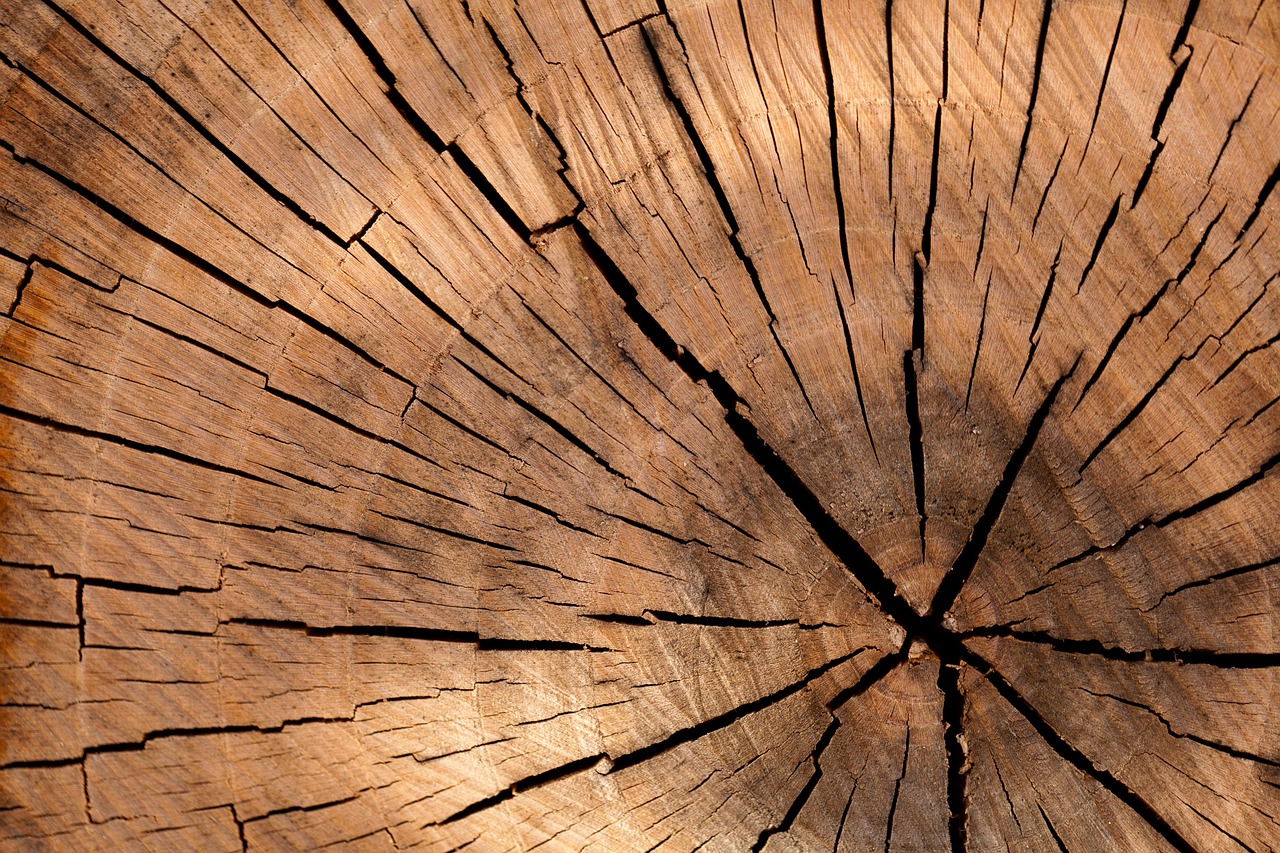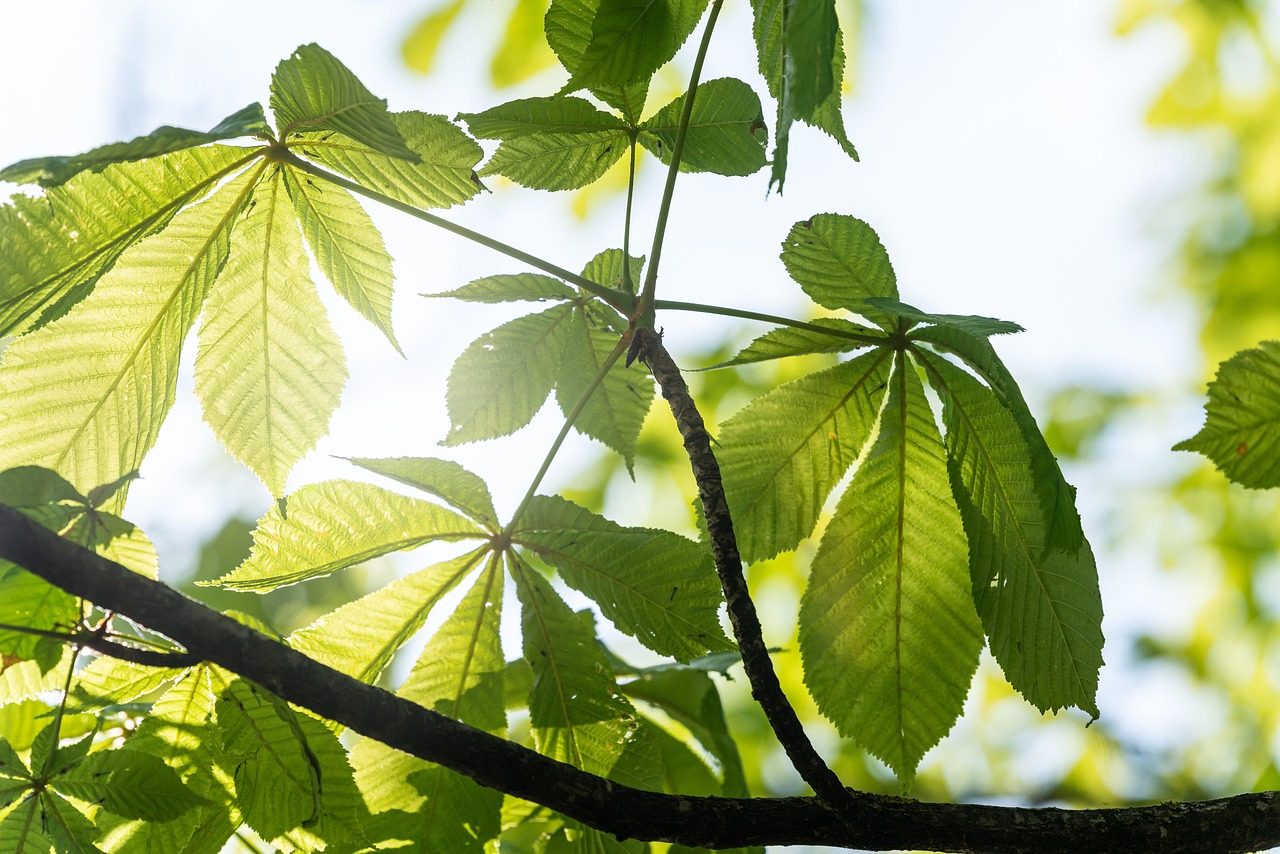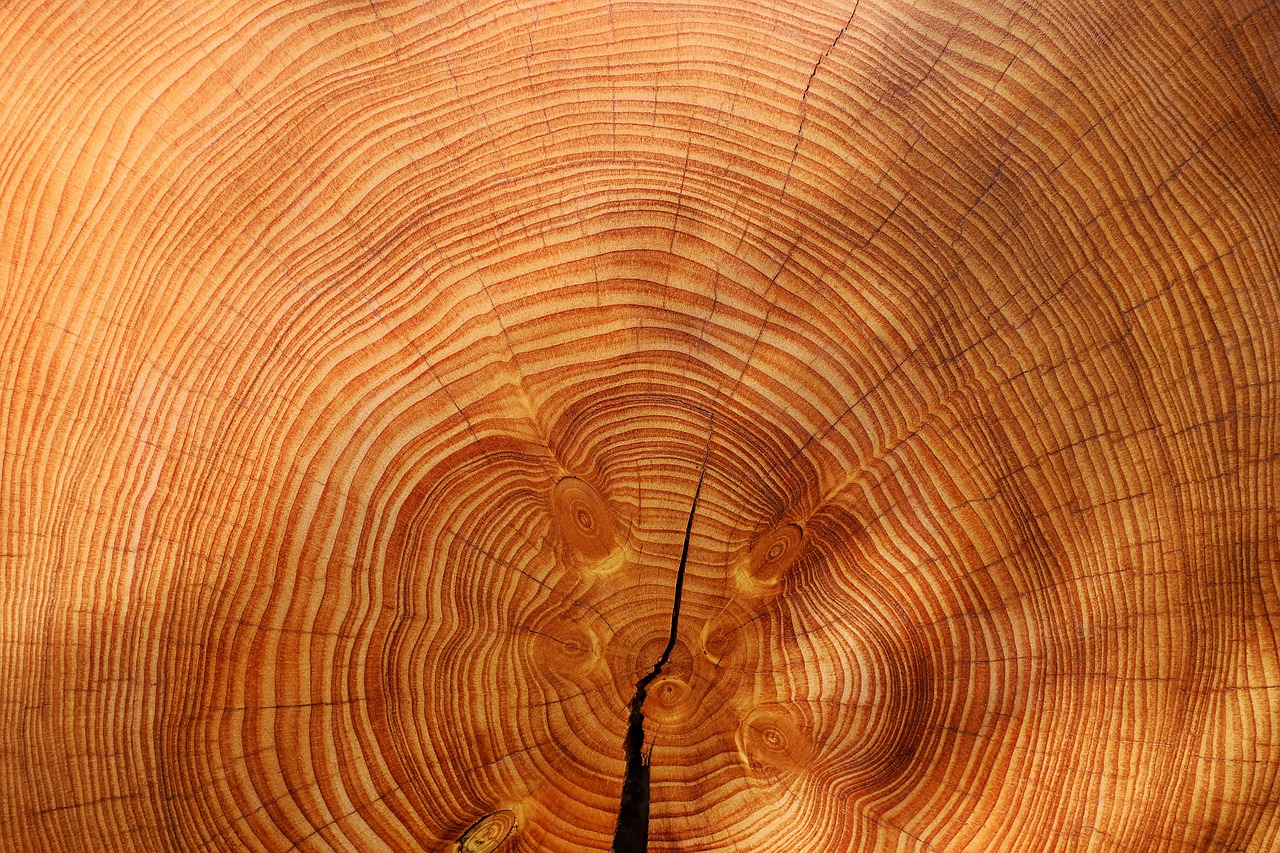Tree growth rates vary by species, environment, and care, but many trees can grow 1 to 3 feet annually with proper conditions. Understanding species differences, seasonal influences, and essential care practices like watering, pruning, and soil management helps maximize growth potential and ensures healthy, resilient trees year-round.
Understanding Tree Growth Patterns
Tree growth is a fascinating process influenced by various factors. Trees, like all plants, grow through a combination of photosynthesis, nutrient uptake, and environmental conditions. The growth rate of a tree can be affected by its species, age, soil quality, water availability, and climate. Understanding these elements is crucial for anyone interested in forestry, landscaping, or gardening.

Different tree species demonstrate varying growth rates. Some trees are classified as fast-growing, while others grow slowly. Fast-growing trees can reach impressive heights quickly, making them ideal for quick shade or privacy. Conversely, slow-growing trees may take years to mature but often live longer and are more resilient to environmental stressors.
Factors Affecting Tree Growth
Several key factors influence how tall a tree will grow in a year:
- Species: Different species have inherent growth rates. For example, the Eastern Cottonwood can grow up to 5 feet per year, while an Oak tree may only grow 1 to 2 feet annually.
- Soil Quality: Nutrient-rich soil supports better growth. Poor soil may limit a tree’s ability to absorb essential nutrients.
- Water Availability: Trees require adequate water for optimal growth. Drought conditions can stunt growth significantly.
- Climate: Temperature and seasonal changes impact tree growth. Warmer climates often promote faster growth compared to colder regions.
- Care and Maintenance: Proper pruning, fertilization, and pest management can enhance a tree’s growth potential.
Growth Rates by Tree Type
The growth rate of trees can be categorized into three main types: fast-growing, medium-growing, and slow-growing. The table below provides examples of species within each category along with their average annual growth rates.

| Growth Rate | Tree Species | Average Annual Growth (Feet) |
|---|---|---|
| Fast-Growing | Eucalyptus | 3-10 |
| Fast-Growing | Eastern Cottonwood | 5-7 |
| Medium-Growing | Red Maple | 2-4 |
| Medium-Growing | Ash Tree | 2-3 |
| Slow-Growing | White Oak | 1-2 |
| Slow-Growing | Pine Trees | 1-3 |
This classification helps gardeners and landscapers choose the right tree for their space and goals. Fast-growing trees may provide immediate benefits but often require more maintenance. In contrast, slow-growing trees may be less demanding but take longer to reach their full potential.
The Role of Seasons in Tree Growth
The changing seasons play a significant role in tree growth patterns. During spring, trees enter a period of active growth as temperatures warm and days lengthen. This is when most height increase occurs. Summer is often characterized by continued growth but can also bring stress due to heat or drought.
In the fall, trees prepare for winter by slowing down their growth and shedding leaves. Winter generally halts growth completely for deciduous trees. However, some coniferous species may continue to grow slowly, especially if conditions allow.

A comprehensive understanding of these seasonal changes can help tree owners make informed decisions regarding care and maintenance throughout the year.
Conclusion of Section 1
This section has provided an overview of the factors influencing tree growth and highlighted species differences in growth rates. Understanding these aspects is essential for anyone engaged in tree planting or care.
Pro-Tips from My Experience
- When I first started measuring tree height, I assumed visual estimates were enough, but I quickly learned that using a clinometer or a measuring tape gives much more accurate results. Don’t rely solely on sight—invest in a simple tool or a trustworthy method to track growth precisely.
- In early planting days, I made the mistake of planting trees in soil with poor drainage, which stunted their growth. Now, I always check soil drainage and adjust accordingly or amend the soil before planting. Proper soil assessment saves time and helps ensure healthy development.
- Initially, I thought pruning was just about aesthetics, but I realized that proper timing and technique actually promote faster and healthier growth. For most species, late winter or early spring pruning works best. Learning the right time to prune can make a significant difference.
- I used to forget about mulching and saw that my trees struggled during hot, dry summers. Since I started applying mulch correctly—keeping it away from the trunk—I noticed much better moisture retention and healthier trees. Mulching is a game-changer that adds resilience during stressful seasons.
- When I neglected seasonal monitoring, pests and diseases got a foothold, and it negatively impacted growth. Now, I routinely inspect my trees and catch problems early, which keeps them healthy and growing at their best. Regular checkups save trouble down the line.
- At first, I over-fertilized in hopes of boosting growth, but that caused more harm than good. Now, I always perform soil tests before fertilizing and prefer slow-release options to avoid nutrient overload. Moderation and knowledge are key to effective fertilization.
- I underestimated the importance of watering deep and infrequently rather than shallow and often. Now, I ensure my trees get deep watering sessions, which encourages stronger roots and better growth. Deep watering is essential for establishing resilient trees.
- Finally, I learned that patience is vital. Trees grow slower than I initially thought, but consistent care over time yields remarkable results that last for decades. Give your trees time—you’ll be rewarded with healthy, long-lived giants.
Measuring Tree Growth: Techniques and Tools
To understand how trees grow each year, it’s essential to measure their growth accurately. Various techniques and tools can help assess the height and overall health of a tree. These methods can range from simple visual checks to sophisticated scientific measurements.

Visual Estimation
One of the simplest ways to measure tree growth is by using visual estimation. This method involves comparing the tree’s current height with its previous height. While not the most precise method, it can provide a quick overview of growth trends over time. Factors to consider when visually estimating tree growth include:
- Reference Points: Use nearby objects or trees of known heights for comparison.
- Seasonal Changes: Observe growth during peak seasons like spring and summer.
- Growth Patterns: Note any irregularities in growth, such as stunted growth or significant increases.
Using Measuring Tools
For more precise measurements, several tools are available. These instruments provide accurate data on a tree’s height and diameter, allowing for better monitoring of growth rates over time.
- Climbing Rod or Measuring Tape: A climbing rod can be used to measure the height of a tree directly. Alternatively, a measuring tape can be wrapped around the trunk to determine the diameter at breast height (DBH).
- Sextant or Clinometer: These tools help measure the angle of elevation to the top of the tree, allowing users to calculate height based on distance from the tree.
- LIDAR Technology: Light Detection and Ranging (LIDAR) uses laser technology to create high-resolution maps of forested areas, providing accurate measurements of tree height and canopy structure.
Factors Influencing Annual Growth Rates
Annual growth rates are influenced by numerous factors beyond species and seasonal changes. Understanding these factors can help predict how much a tree may grow in a given year.
Soil Conditions
The quality of soil plays a crucial role in tree health and growth. Trees require various nutrients, including nitrogen, phosphorus, and potassium, which they absorb through their roots. Poor soil conditions can hinder growth significantly. Key aspects include:
- Nutrient Availability: Soil that is rich in organic matter typically supports better growth.
- Soil pH: Different trees thrive in different pH levels, affecting nutrient absorption.
- Drainage: Well-drained soil prevents root rot and encourages deeper root growth.
Pest and Disease Management
Pests and diseases can impact tree growth by affecting overall health. Regular monitoring and management strategies are essential for maintaining healthy trees. Common pests include:
- Aphids: Small insects that feed on sap, weakening the tree.
- Borers: Larvae that tunnel into trunks and branches, damaging wood tissues.
- Fungal Infections: Such as root rot or leaf spot diseases that can stunt growth.
Implementing pest management strategies, such as introducing beneficial insects or applying organic pesticides, helps protect trees from damage.
The Importance of Proper Pruning
Pruning is a vital aspect of tree care that can influence growth rates. Proper pruning encourages healthy development by removing dead or diseased branches and allowing for better light penetration. Key benefits of pruning include:
- Improved Airflow: Reducing density allows for better air circulation, decreasing the likelihood of disease.
- Enhanced Growth: Redirecting energy from maintaining unnecessary branches to new growth.
- Aesthetic Appeal: Keeping trees healthy and well-shaped enhances their appearance in landscapes.
Timing for Pruning
The timing of pruning is crucial for maximizing growth potential. Generally, late winter or early spring is preferred for many species just before they enter their active growth phase. However, specific timing can vary based on the type of tree.
In summary, understanding measurement techniques, factors affecting growth rates, and proper care methods are essential for anyone interested in promoting healthy tree growth throughout the year.
Common Tree Species and Their Growth Characteristics
Understanding the growth characteristics of common tree species is essential for those looking to plant or care for trees. Different species have unique growth patterns, ideal conditions, and potential heights. This section explores some popular tree species, their average annual growth rates, and typical heights at maturity.
Fast-Growing Trees
Fast-growing trees are often preferred for landscaping due to their ability to provide shade and privacy quickly. Here are a few examples:
- Eucalyptus: Known for its rapid growth, eucalyptus can reach heights of 40 to 100 feet within a few years, growing up to 10 feet annually in optimal conditions.
- Lombardy Poplar: This tree is famous for its tall, narrow shape. It can grow 3 to 5 feet per year and reach heights of 40 to 60 feet.
- Eastern Cottonwood: Capable of growing 5 to 7 feet annually, this tree can mature at heights of 50 to 80 feet.
Medium-Growing Trees
Medium-growing trees provide a balance between growth rate and longevity. Some examples include:
- Red Maple: This adaptable tree can grow 2 to 4 feet per year and typically reaches heights of 40 to 60 feet.
- Sugar Maple: Known for its beautiful fall colors, the sugar maple grows about 1 to 3 feet annually and can reach up to 60 feet tall.
- White Ash: Growing at a rate of 2 to 3 feet per year, this tree can mature at heights of around 50 to 70 feet.
Slow-Growing Trees
While slow-growing trees may take longer to reach their full height, they often exhibit great durability and resilience. Notable examples include:
- White Oak: This majestic tree grows slowly at a rate of 1 to 2 feet per year, ultimately reaching heights of 60 to 80 feet.
- Ponderosa Pine: Growing at roughly 1 to 3 feet annually, this conifer can achieve heights of 60 to 200 feet depending on the environment.
- American Holly: Known for its ornamental value, this tree typically grows about 1 foot per year and can reach heights of around 15 to 30 feet.
Environmental Considerations for Tree Growth
The environment plays a significant role in determining how well a tree will grow. Several environmental factors can impact tree health and growth rates.
Climate Zones
Different tree species thrive in specific climate zones. Understanding these zones helps ensure that trees are planted in suitable environments. The United States is divided into several climate zones, each with distinct temperature ranges and precipitation patterns. Some key climate zones include:
- Hardiness Zone 3: Cold climates with average minimum temperatures between -40°F and -30°F. Suitable for trees like Eastern Red Cedar.
- Hardiness Zone 6: Mild climates with average minimum temperatures between -10°F and 0°F. Ideal for species like Norway Maple.
- Hardiness Zone 9: Warm climates with average minimum temperatures between 20°F and 30°F. Great for trees like Southern Magnolia.
Soil Types and Conditions
The type of soil where a tree is planted can significantly influence its growth. Different trees have varying preferences for soil types:
- Sandy Soil: Typically well-drained but low in nutrients. Suitable for trees like Pine.
- Clay Soil: Retains moisture but may become compacted. Suitable for trees like Oak.
- Silty Soil: Rich in nutrients and retains moisture well. Ideal for many species including Maple and Birch.
The Role of Mulching in Tree Growth
Mulching is an effective practice that can significantly enhance tree growth by providing numerous benefits. Applying mulch around the base of a tree can help maintain soil moisture, regulate temperature, and suppress weeds. Here are some common types of mulch:
- Bark Mulch: Made from shredded bark, it decomposes slowly and is excellent for moisture retention.
- Wood Chips: These provide aesthetic appeal while helping to retain soil moisture and reduce weed growth.
- Straw Mulch: An organic option that breaks down quickly, adding nutrients back into the soil.
The application of mulch should be done carefully. It is important to keep mulch away from the trunk of the tree to prevent rot and pest issues.
Additional Considerations for Promoting Tree Growth
In addition to understanding species characteristics and environmental factors, there are other practices and considerations that can enhance tree growth. These include proper watering techniques, fertilization, and seasonal monitoring.
Watering Practices
Water is essential for tree growth, especially during the early years of establishment. Proper watering practices can significantly impact how well a tree develops. Here are some recommended approaches:
- Deep Watering: Watering deeply encourages roots to grow deeper into the soil, providing better stability and access to nutrients. Aim for deep watering sessions rather than frequent shallow watering.
- Timing: Water trees early in the morning or late in the afternoon to minimize evaporation. Avoid watering during the hottest part of the day.
- Soil Moisture Monitoring: Use moisture meters or perform a simple finger test to check if the soil is dry before watering. This helps prevent overwatering, which can lead to root rot.
Fertilization Techniques
Fertilizing trees can provide essential nutrients that may be lacking in the soil. However, it is crucial to apply fertilizers appropriately to avoid damage. Here are some guidelines:
- Soil Testing: Conduct a soil test to determine nutrient levels and pH before applying fertilizers. This helps in selecting the right type of fertilizer.
- Slow-Release Fertilizers: Use slow-release fertilizers to provide a steady supply of nutrients over time, reducing the risk of nutrient overload.
- Timing of Application: Fertilize in early spring or late fall to align with the tree’s growth cycles. Avoid fertilizing during dormancy.
Seasonal Monitoring and Care
Regular monitoring of tree health throughout the seasons is vital for promoting optimal growth. Observing changes in foliage, bark, and overall structure can help identify potential issues early on. Essential practices include:
- Pest Inspection: Regularly check for signs of pest infestation or disease. Early detection allows for timely intervention.
- Mulch Maintenance: Replenish mulch as needed to ensure it continues to suppress weeds and retain moisture effectively.
- Weather Awareness: Be aware of weather conditions that may stress trees, such as prolonged droughts or heavy storms, and take appropriate actions.
Final Thoughts
Understanding tree growth involves a comprehensive approach that considers species characteristics, environmental factors, and proper care techniques. Whether you are planting new trees or nurturing existing ones, awareness of these elements is crucial for promoting healthy growth and longevity.
Fast-growing species provide immediate benefits but come with their own maintenance challenges. Medium and slow-growing trees may take longer to mature but often offer resilience and beauty that last for generations.
The practices of proper watering, fertilization, seasonal monitoring, and mulching create an environment conducive to tree health. By investing time and effort into these aspects, tree owners can ensure that their trees reach their full potential in height and health.
The journey of nurturing trees is rewarding, not just for the beauty they bring to our landscapes but also for their contributions to the environment. Healthy trees improve air quality, provide shade, and offer habitats for wildlife, making them invaluable assets to our ecosystems.
As you embark on your tree-growing endeavors, remember that each tree species has its unique needs and growth patterns. By understanding these intricacies, you can make informed decisions that support robust tree growth throughout the seasons.
